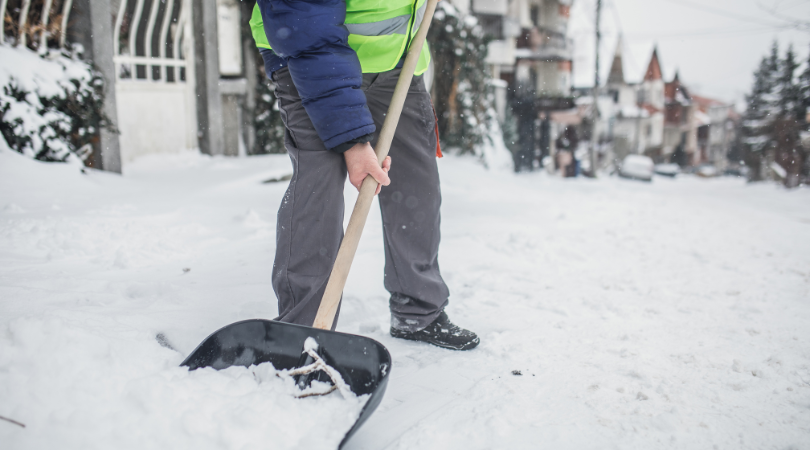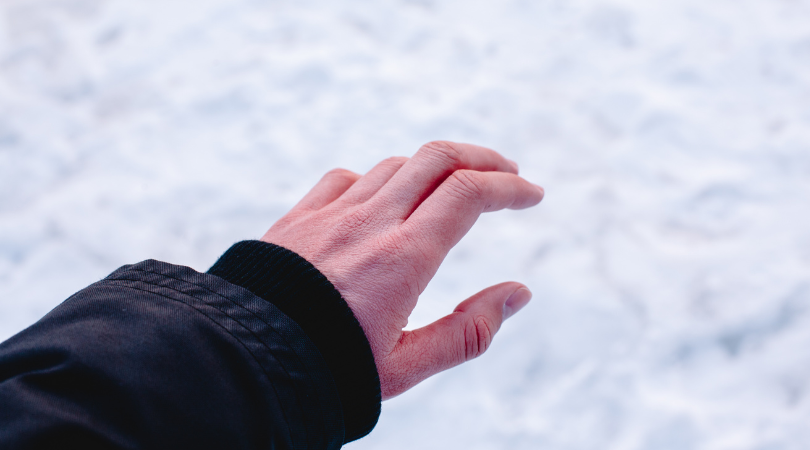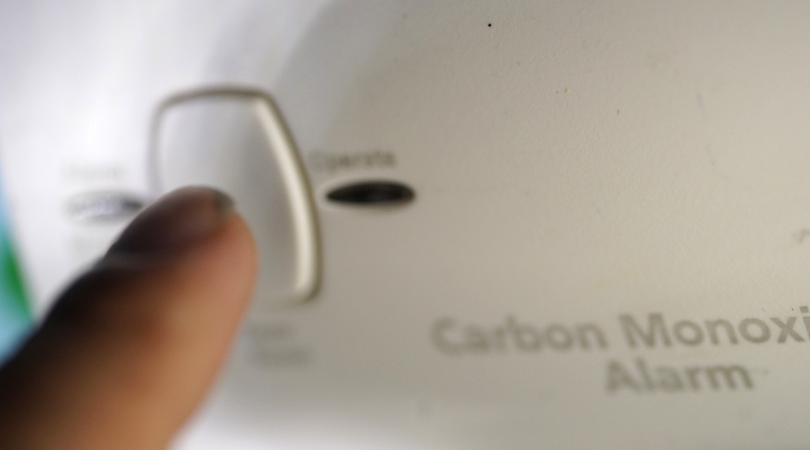Winter Safety Tips for Seniors

In December 2022, at least 39 people were killed in Erie County during a fierce holiday blizzard. While the victims ranged in age, the storm was a sobering reminder that seniors face unique risks each winter.
Older adults are more sensitive to temperature extremes. They can lose body heat quickly, often putting themselves at risk before they even realize how dangerous the situation is. Winter weather can also increase the risk of falls and other injuries.
When thinking about winter safety tips for seniors, it is important to take precautions to avoid the winter risks below.

Falls
Falls are one of the most common injuries in the winter, especially when snow or ice is present. If venturing out, be sure that steps and sidewalks are clear and have salt applied to walkways. Take slower steps because areas that appear safe may be hiding a thin layer of ice. Wear non-skid boots to prevent slipping. For those who use a cane, it’s important to make sure the rubber tip still has traction and hasn’t been worn smooth. It can be replaced each year like adding snow tires to your car. Ice grips are also available to provide better stability.

Snow Shoveling Injuries
Snow shoveling can cause back injuries, falls, and heart strain at any age, but it’s especially dangerous for older adults and anyone with heart disease. Plan ahead for winter safety for seniors by asking a neighbor or local snow removal company to assist with shoveling. Some communities also have volunteer organizations that assist seniors with snow removal. Checking before the snow falls will help get an early spot on their list.

Hypothermia
Hypothermia occurs when your body experiences a dangerous drop in body temperature. This can occur when out in the cold or even indoors if there isn’t sufficient heat in the home.
Because seniors lose body heat quickly, they should stay indoors as much as possible when the temperature drops. Indoor temperatures should be kept at 65 degrees or warmer. If an older adult does need to go outdoors, they should wear several layers of loose-fitting clothing and winter gear like hats, gloves or mittens, a winter coat, and boots to keep themselves warm. Dressing in layers can also be helpful in cooler indoor spaces. If clothing gets wet, it should be changed as soon as possible as wet clothing chills the body faster.
Do not assume that an older adult is not cold just because they aren’t shivering. Warning signs of hypothermia include cold skin that appears pale or ashy, feeling sleepy and confused, feeling weak, problems walking, slower breathing, and slower heart rate. If you recognize the signs of hypothermia, call for emergency support.

Frostbite
Frostbite is caused when the skin and the tissue below the skin freeze. Extremities like fingers and toes are particularly susceptible to frostbite, but it can also occur on the face, ears, chin, or any other exposed body part. Individuals with heart disease or poor circulation are at greater risk of frostbite.
Older adults should bundle up with a winter hat covering their ears, gloves or mittens, and a scarf. If the skin begins to turn red or dark or begins to hurt, they should go inside immediately.
Frostbite requires immediate medical attention. Warning signs of frostbite include white, ashy, or grayish-yellow skin; skin that feels waxy or hard, and numbness. If you recognize the signs of frostbite, run the affected area under warm (not hot) water and seek immediate assistance.

Fire and Carbon Monoxide
When the weather is cold, it’s common to use a variety of heat sources indoors including fireplaces, wood stoves, space heaters, and gas appliances. It is important that all of these be used properly to avoid fire and carbon monoxide poisoning. Heaters, chimneys, and flues should be inspected annually. Space heaters should be placed at least three feet away from flammable items like curtains, bedding, and furniture. Smoke detectors and carbon monoxide detectors should be placed in strategic areas throughout the home, especially in areas with fireplaces, wood stoves, or space heaters. Test smoke detectors and carbon monoxide detectors regularly to ensure the batteries are still working.
Warning signs for carbon monoxide poisoning include headache, weakness, dizziness, nausea or vomiting, confusion, blurred vision, or loss of consciousness. If you recognize the sign of carbon monoxide poisoning, get outside into fresh air and seek immediate medical attention.
Winter can be a dangerous time for older adults, but by following the winter safety tips for seniors above, they can stay safe and warm. During storms and extreme temperature drops, check in on senior loved ones and neighbors often to ensure they have everything they need and aren’t experiencing any of the warning signs of hypothermia, frostbite, or carbon monoxide poisoning.
Crossroads Hospice & Palliative Care provides support and care to terminally ill patients and their families. To learn more about our programs, please call 1-888-564-3405.
If you found this information helpful, please share it with your network and community.
Copyright © 2023 Crossroads Hospice. All rights reserved.



